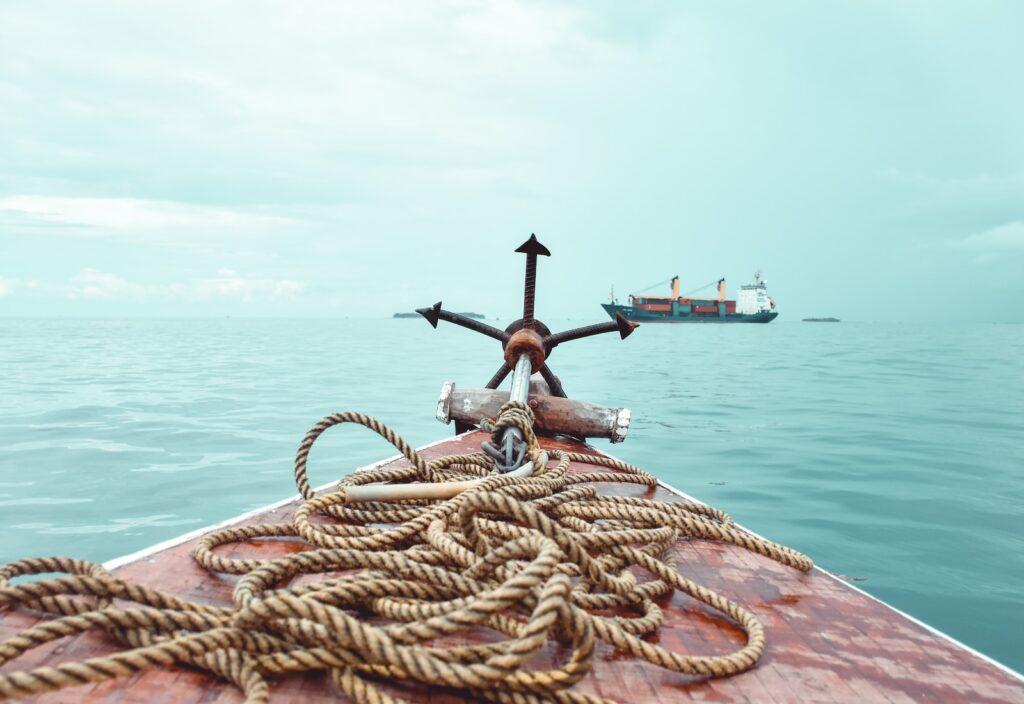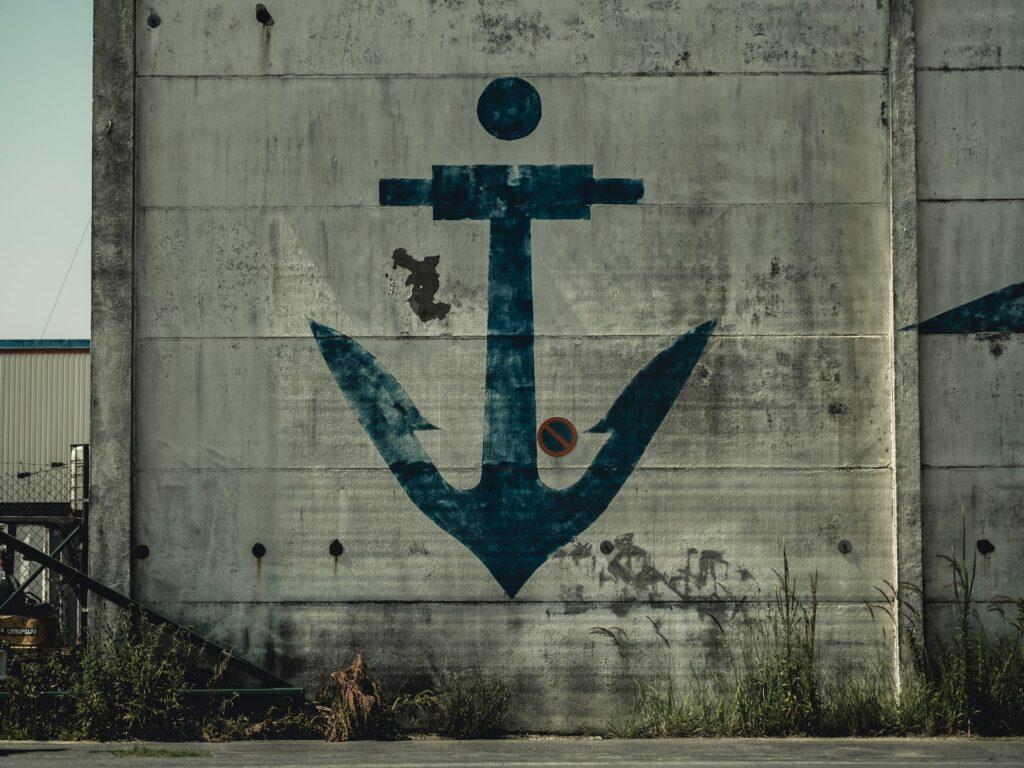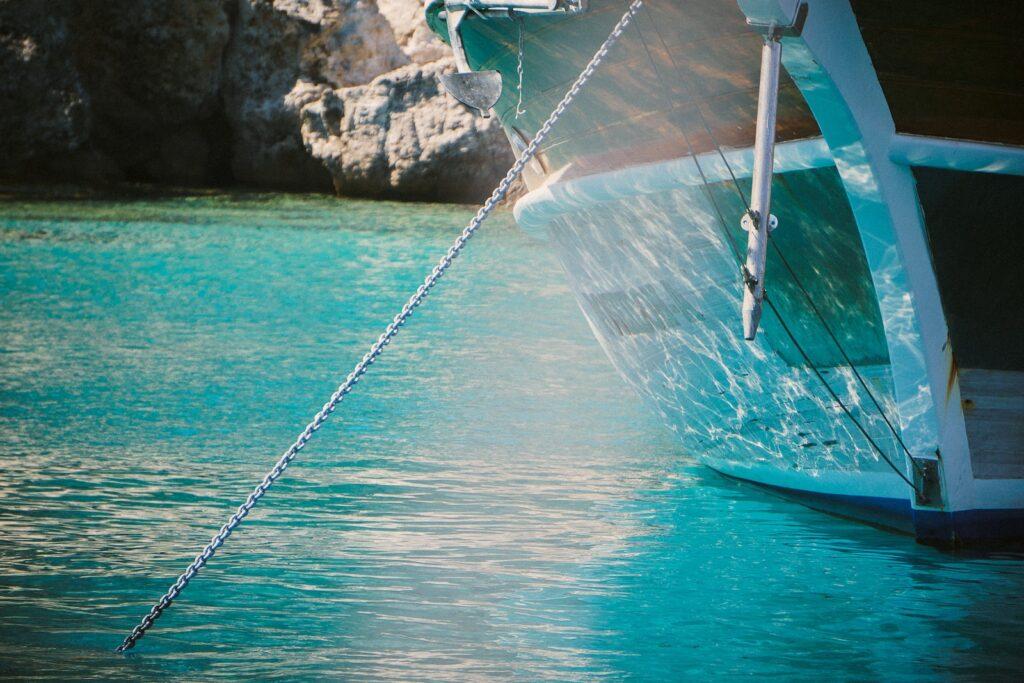Best Anchors for Sand
Sand is an essential part of any coastal environment, providing a stable base for structures, a habitat for wildlife, and a buffer for wave action. While sand is an essential part of any coastal environment, it can also be a major hazard when it comes to anchoring. An improperly secured anchor can cause significant damage to structures and the environment. Therefore, it is important to select the best anchors for sand to ensure that your structure is securely anchored and to protect the environment from harm.
Best Anchors for Sand
The best anchors for sand depend on a variety of factors, such as the type of boat, the type of sand, and the water depth. Mushroom anchors, plow anchors, and fluke anchors are the most common types of anchors used in sand. They are the most popular for smaller boats due to their low cost, light weight, and easy portability. Plow anchors, or ‘claw’ anchors, are excellent for larger boats as they provide a good grip and hold in most types of sand. Fluke anchors are a good option for heavy boats because they are very stable and hold well in many types of sand.
Lewmar Galvanized Delta Anchor: Known for its impressive holding power in various seabed conditions, including sand. It has a unique shank profile and ballasted tip, allowing for self-launching.
Mantus M1 Anchor: The Mantus M1 digs into the seabed quickly and securely. It disassembles for easy storage and comes in various sizes to suit different boat lengths.
Fortress Marine Anchors — Fortress FX: This one’s a lightweight, aluminum-magnesium anchor with an adjustable fluke angle, perfect for tackling sandy bottoms.
Danforth S‑600 Standard Anchor: The classic Danforth or ‘fluke’ design is particularly effective in sand. The large flukes dig in deep and provide excellent holding power.
SandShark Supersport Anchor: Specifically designed for sandy bottoms, it screws into the sand for secure anchoring. It’s also adjustable, making it suitable for both boats and personal watercraft.
No matter which type of anchor you choose, you should ensure that it is the right size and weight for your boat. Sand can be very unpredictable, as it can shift quickly and cause the anchor to become loose. You should also consider the water depth when choosing an anchor for sand, as an anchor that is too heavy or too large may not be able to penetrate the sand and hold properly. It is always a good idea to test out the anchor before heading out on the water to make sure it will provide a strong hold.

Types of Anchors for Sand
Anchors for sand are typically designed for short-term mooring and can range in size, shape, and material. Common materials used for sand anchors include steel, galvanized steel, and aluminum. Steel anchors tend to be the most durable and secure, while lighter materials such as aluminum can be more easily deployed and retrieved. There are also specialty anchors such as mushroom anchors and fluke anchors, which are designed to penetrate into the sand and provide greater holding power. They are perfect for recreational use.
Traditional Anchors
Traditional anchors, also known as “plow” anchors, are the most common type of anchor for sand. Traditional anchors consist of a curved plate, typically made of steel, which is attached to a shank. The curved plate acts as a plow, digging into the sand and providing a secure anchor. Traditional anchors are available in a variety of sizes and weights, and they are usually the least expensive option.
They are the most common and cost-effective option for anchoring in sand. They are easy to install and can be used in a variety of conditions. They can provide a secure hold in most conditions, making them a popular choice among boaters and other marine users. Traditional anchors can be less effective in thick, deep sand, and they can be difficult to remove once they are embedded in the sand.
Deadweight Anchors
Deadweight anchors, also known as “danforth” anchors, are a type of anchor that relies on its weight to provide a secure hold in the sand. They are typically made of steel or other heavy materials, and they consist of a shank with a flat plate at one end. The flat plate provides resistance against the sand, and the weight of the anchor helps to keep it securely embedded in the sand. They are available in a variety of sizes and weights, and they are typically more expensive than traditional anchors.
Deadweight anchors are particularly well-suited for anchoring in deep, thick sand. Unlike traditional anchors, deadweight anchors do not require any digging, and they can provide a secure hold even in deep sand. They can be difficult to remove from the sand once they are embedded, and they are usually more expensive than traditional anchors.
Screw Anchors
Screw anchors, also known as “helix” anchors, are a type of anchor that relies on its shape to provide a secure hold in the sand. Screw anchors are typically made of steel or other heavy materials, and they consist of a shank with a helix-shaped plate at one end. The helix plate acts like a screw, digging into the sand and providing a secure anchor. Screw anchors are available in a variety of sizes and weights, and they are usually more expensive than traditional anchors.
It makes them particularly well-suited for anchoring in deep, thick sand. Unlike traditional anchors, screw anchors do not require any digging, and they can provide a secure hold even in deep sand. Screw anchors can be difficult to remove from the sand once they are embedded, and they are usually more expensive than traditional anchors.
Factors to Consider When Choosing an Anchor for Sand

When selecting an anchor for sand, there are several factors to consider. It is important to consider the type of sand in which the anchor will be used. Different types of sand require different types of anchors, so it is important to select the right type for the particular conditions. It is important to consider the size and weight of the anchor, as well as the cost. It is important to consider the ease of installation and removal, as well as the environmental impact of the anchor.
Anchor Maintenance
In addition to selecting the right anchor for sand, it is also important to maintain the anchor in order to ensure its longevity. Anchors should be inspected regularly for signs of corrosion or wear, and any damaged parts should be replaced immediately. It should be checked periodically to ensure that it is securely embedded in the sand. It is important to remove the anchor from the sand periodically in order to prevent it from becoming permanently embedded.
Inspecting the anchor regularly is essential for ensuring its longevity. The anchor should be checked for signs of corrosion or wear, and any damaged parts should be replaced immediately. It is important to check the anchor periodically to ensure that it is securely embedded in the sand. Anchor should be removed from the sand periodically in order to prevent it from becoming permanently embedded. By following these simple steps, it is possible to ensure that the anchor remains in good condition and is able to provide a secure hold in the sand.
What is the best anchor for hard sand bottom?
The best anchor for a hard sand bottom is a “plow” style anchor. This type of anchor has a curved, concave shape that digs into the sand and provides a secure hold. It is designed to “plow” through the sand and provide a good grip. They are typically made of galvanized steel or aluminum, making them resistant to corrosion and wear.
Another option for a hard sand bottom is a “claw” or “fluke” style anchor. This type of anchor has two or more curved flukes that dig into the sand and provide a secure hold. Claw anchors are often made of galvanized steel, stainless steel, or aluminum, and can be adjusted to fit a variety of bottom types. They are also relatively lightweight and easy to deploy.

What is the best anchor for a sandy lake?
The best anchor for a sandy lake would be a mushroom anchor, as it offers excellent holding power in sand and mud. It works by dragging the flukes of the anchor into the lake bed, where they dig in and provide a secure hold. A mushroom anchor is also very easy to set up and remove, making it a great choice for a sandy lake.
When using a mushroom anchor, it is important to remember to use enough scope to ensure the anchor digs into the lake bottom. Use the correct size of anchor for the weight of the boat. Using an anchor that is too large for the boat can cause a dangerous swing in the water and can cause the anchor to drag. It is also advisable to attach a buoy to the anchor to make it easier to retrieve.
Conclusion
Selecting the best anchors for sand can be a challenging task. Different types of anchors are best suited for different conditions, and it is important to consider the type of sand, size and weight of the anchor, cost, and environmental impact when making a selection. By considering all of these factors, it is possible to select the best anchor for your particular needs, ensuring that your structure is securely anchored and that the environment is protected from harm.
FAQs
What makes a good anchor for sandy bottoms?
Anchors for sandy bottoms usually have broad flukes to ensure they can dig in and hold securely in loose material. Lightweight designs like Danforth or fluke anchors are often recommended, as they provide a larger surface area to sink into the sand. However, plow-shaped anchors, like the Lewmar Delta, can also work well as they’re designed to penetrate various seabed types.
Can I use the same anchor for all types of seabeds?
While some anchors are designed to handle a variety of seabed conditions, there’s often a trade-off in performance. Anchors optimized for sand might not hold as well in rocky or grassy bottoms, and vice versa. If you frequently switch between different seabed types, consider carrying multiple types of anchors or a versatile anchor like the Mantus M1.
How much anchor rode (chain and rope) should I use in sandy bottoms?
The amount of rode you deploy, known as the scope, should be a ratio of 7:1 or even up to 10:1 in sandy conditions to ensure the best hold. So, if you’re anchoring in 10 feet of water, you’d let out 70 to 100 feet of rode. This allows the anchor to lay flat and dig into the sand. Remember, these are general guidelines and the specifics may change depending on conditions.
